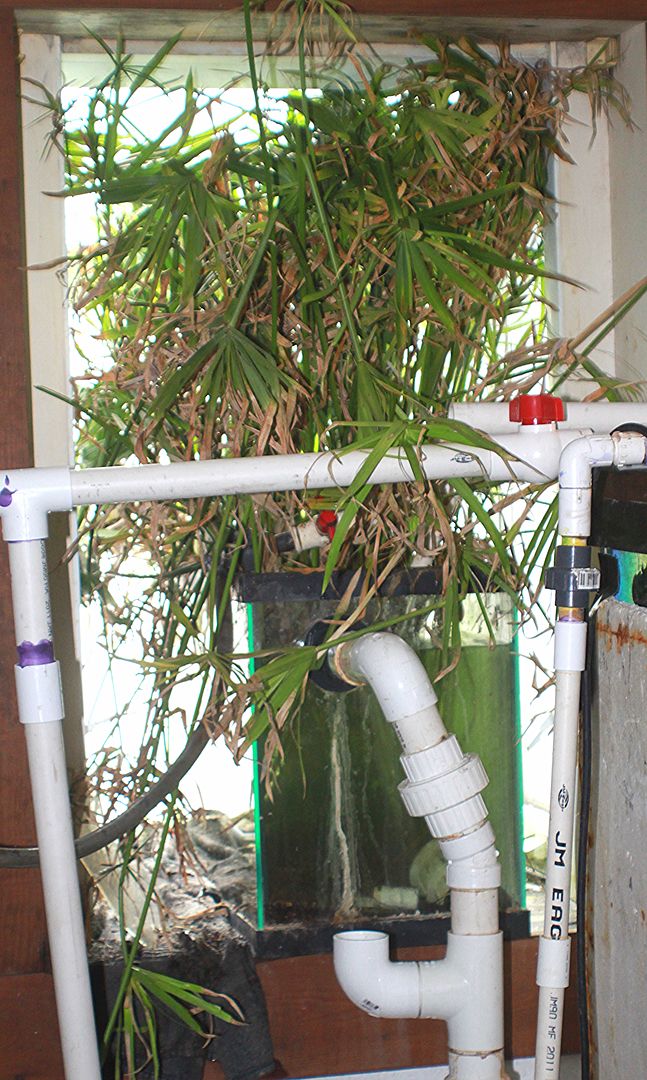The central dogma of aquaria is that nitrate is the last and least toxic step in the bacteria driven oxidation of ammonia. It's typically been considered that the only ways of nitrate remediation are:
- using plants, which uptake nitrate
- increasing biological filtration, which increases the amount of nitrate present relative to more reduced nitrite, and reducing the time necessary for this conversion. However, these factors are hard to measure and determine in an aquarium and could already be approaching optimum
- and most importantly, water changes, i.e., replacing water highly concentrated with nitrate with nitrate deplete tap water
Those are essentially your only options.
Your link for a nitrate removing device isn't working on my computer, but i'd be hesitant to put any amount of faith in the operation of any device like this.
- using plants, which uptake nitrate
- increasing biological filtration, which increases the amount of nitrate present relative to more reduced nitrite, and reducing the time necessary for this conversion. However, these factors are hard to measure and determine in an aquarium and could already be approaching optimum
- and most importantly, water changes, i.e., replacing water highly concentrated with nitrate with nitrate deplete tap water
Those are essentially your only options.
Your link for a nitrate removing device isn't working on my computer, but i'd be hesitant to put any amount of faith in the operation of any device like this.




